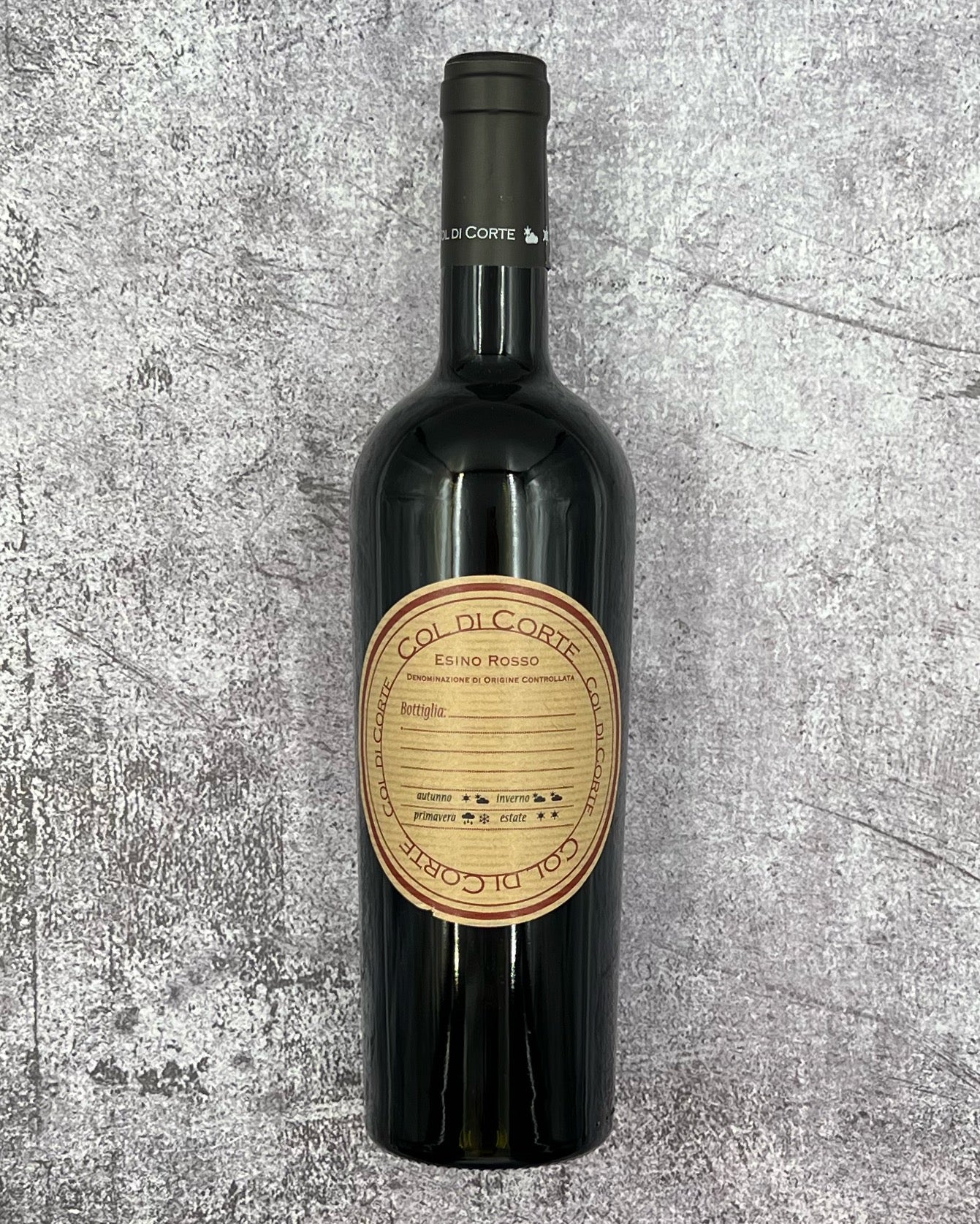Description
From: Marche, Italy
Blend: Montepulciano
Taste: Definitely in the “fruit, spice, everything nice” category of red wines. You’ll find notes of red plums, rich berry, aromatic herbs like thyme and rosemary rounded out with a hint of cinnamon and baking spice. The flavors follow to the palate, where a charming core of rich fruit meets smooth, ocean-tinged tannins and a dry, lingering finish.
Pairing: Too many things! Perfect for your everyday pizza, pasta, burger, bbq- type meals, this wine effortlessly pairs just as well with lighter fare: dishes based in zucchini, eggplant, squash, and mushroom-based dishes. All that said, we decided to share a simple but delicious recipe for a Cheesy White Bean-Tomato Bake by Ali Slagle to show off its versatility alongside a quick & tasty weeknight staple.
From Vitocolo: “The idea is that of making a Montepulciano wine where Verdicchio is made and with the same methods, fermented and aged exclusively in stainless steel, with the Montepulciano grapes coming from the vineyards in Montecarotto situated on level ground, lightly exposed to fresh winds coming from the sea. The grapes are harvested at the right point of maturity with a level of sugar that ensures extraction and body.”
And there you have it! I swear this wine was a blend with Sangiovese, but apparently it’s Montepulciano in this vintage… (the grape, not town), and a remarkably fresh, charming style of wine not often seen here in Seattle. As far as a region goes, Esino Rosso DOC is a red wine DOC within the Marche that leans heavily into dry red wine styles based in Montepulciano and/or Sangiovese (60%-100%). Winemakers can legally blend in up to 40% of local white grapes (probably Verdicchio), though I suspect not many houses blend in that much — or any for that matter, white grapes into their red wines these days, as quality has risen greatly over the last two decades.
In regards to this particular wine, Col di Corte sources most of the fruit from a Montepulciano vineyard of theirs that lies at around 160 meters above sea level and is sheltered by low hills. It’s their lowest-lying vineyard, and is great for red grape varietals, as the heat accumulates within the vines but not humidity. This is because of its proximity to the sea, and thus enables their fruit to thrive in an extended growing season; in some years, the harvest takes place in the first few weeks of October.
They harvest in wood crates and vinify in stainless steel tank. On occasion, they’ll use older barrels, but only when the vintage dictates such necessity. Their ultimate goal is to produce wines that of course, reflect the landscape and varietal(s), but also to make sure theirs is a high-quality, structured, dry red wine without manipulation (ie forcibly softening tannins).

